
According to the Talmud, when sacred Jewish texts are worn and no longer usable, they must be buried in a Jewish cemetery. This sacred storage is called a geniza.
In the 2018 award-winning documentary “From Cairo to the Cloud: The World of the Cairo Geniza,” filmmaker Michelle Paymar tells the story of these ancient documents and how they were transported from Cairo to the internet.
The Cairo geniza manuscripts — which span almost 1,000 years from 870 C.E. to the 19th century — first captured Paymar’s imagination back in 2011 when she discovered two books about the manuscripts and learned that Cambridge University was in the process of digitizing the documents so anyone could read them with the click of a mouse.
“It was like this remarkable time capsule,” Paymar told the Journal.
Paymar decided to go to Cambridge and shoot a brief trailer about the documents for the Taylor-Schechter Geniza Research Unit there, which is how she came up with the idea for the film.
Paymar’s documentary follows the geniza, which actually didn’t have any sacred texts in it, but did have half a million love letters, marriage contracts, business reports, grocery shopping lists and children’s drawings. It also included hand-written drafts from 13th-century Jewish philosopher Moses Maimonides (the Rambam).
Forty geniza scholars, computer scientists, archivists, librarians, rabbis and writers from around the world provided insight into the documents for the film, sharing that this discovery may actually be more important than the discovery of the Dead Sea Scrolls, which were found from 1946 to 1956 in caves near the Dead Sea in Israel by Bedouin shepherds and a team of archeologists.
Paymar, who grew up in a Reform Ashkenazi household, always had a passion for Jewish studies but the Cairo geniza opened her eyes to an entirely new side of Jewish history.
She spent seven years gaining permission from three different Egyptian regimes to even enter the Ben Ezra Synagogue, the home of the original documents. In 2017 she was able to enter the sacred space after receiving the official ‘OK’ to shoot from the Museum of Antiquities, national police, tourism police and the press office.
“I was amazed and thrilled to realize that in a short time I was able to recognize and identify Maimonides’ handwriting. … He’s this nearly mythical figure and there are his writings.” — Michelle Paymar
“It was the first time in decades anyone had been allowed to film in there,” Paymar said. “When I first drove up to the synagogue, it literally took my breath away. It was an amazing moment. Seeing this building in various states of disrepair and studying it, even from the outside, it was kind of an overwhelming experience. When I got inside, it was a jewel box. It was quite lovely and quite small.”
Of the half-million fragments first discovered by Solomon Schechter in 1896, Paymar asked the geniza scholars to share their favorite artifacts and incorporated those moments into the film.
“I was amazed and thrilled to realize that in a short time I was able to recognize and identify Maimonides’ handwriting,” Paymar said. “It is breathtaking. He’s this nearly mythical figure and there are his writings, there are his scratch-outs, notes on the margins, just like we do.”
Throughout the film, scholars note that the way people acted then is similar to how we act now. Harvard University Jewish Studies professor and author Dara Horn compared the findings with a “medieval Facebook.”
“We have this idea that everybody has this pious path and everyone practices Judaism in a practical way,” Paymar said, “but with [one of the amulets discovered], we see people still wanted their amulets, they wanted to wear it around their neck. Daily magic didn’t die out. At least from the evidence of the geniza.”
Paymar said the manuscripts in the geniza bring life to so much history but they were not supposed to be found. They considered these notes disposable. She said the geniza documents are “an accidental archive.”
Paymar also wanted to convey the beauty of the discoveries because she was making a documentary about documents. She decided to include illustrations of what she felt Cairo looked like at the time. She wanted to provide vibrant color for the Arabic-Jewish-speaking culture she grew up not knowing much about.
Perhaps the biggest discovery was the immense documentation of coexistence between the Jewish, Muslim and Christian communities. Paymar said it was easier to be a Jew in Cairo than to be an Ashkenazi Jew in Europe.
“It’s really important to recognize that although it was a very rich period in Jewish history, it was a time when, for the most part, Jews were able to flourish [but] they were still second-class citizens. Not because they were Jews but because they were not Muslims,” Paymar said. “It was a situation they shared with their Christian neighbors. They knew one another, they visited each other on their holidays, they bought presents for each other. This idea that ‘hatred between Jews and Muslims is as old as Jews and Muslims’ isn’t necessarily true.”
Paymar hopes that people all around the world have an opportunity to view the documents now that they are available in various languages.
“It’s really overwhelming. … It’s an amazing, amazing resource,” she said. “The geniza is reunited digitally in the cloud. In actual life, it’s dispersed in 70 libraries around the world and in private collections we never have access to.”
American Jewish University will host a screening of “From Cairo to the Cloud: The World of the Cairo Geniza” Sept. 22. A Q&A with Michelle Paymar will follow. For more information, please visit AJU’s website. To view the Cairo Geniza archives, click here.
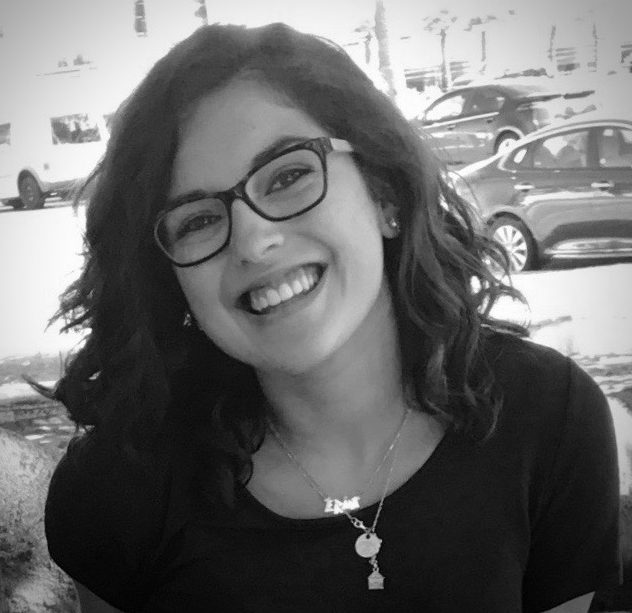








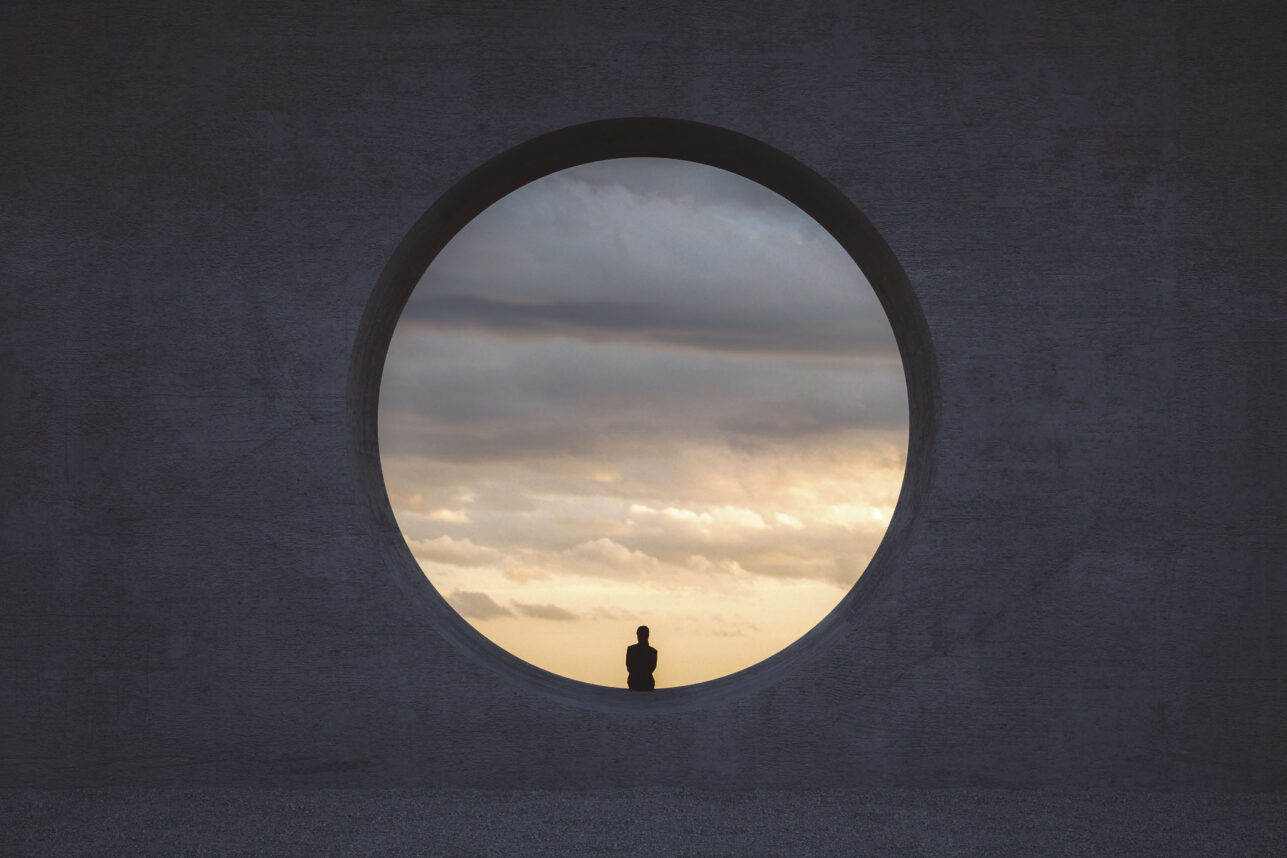



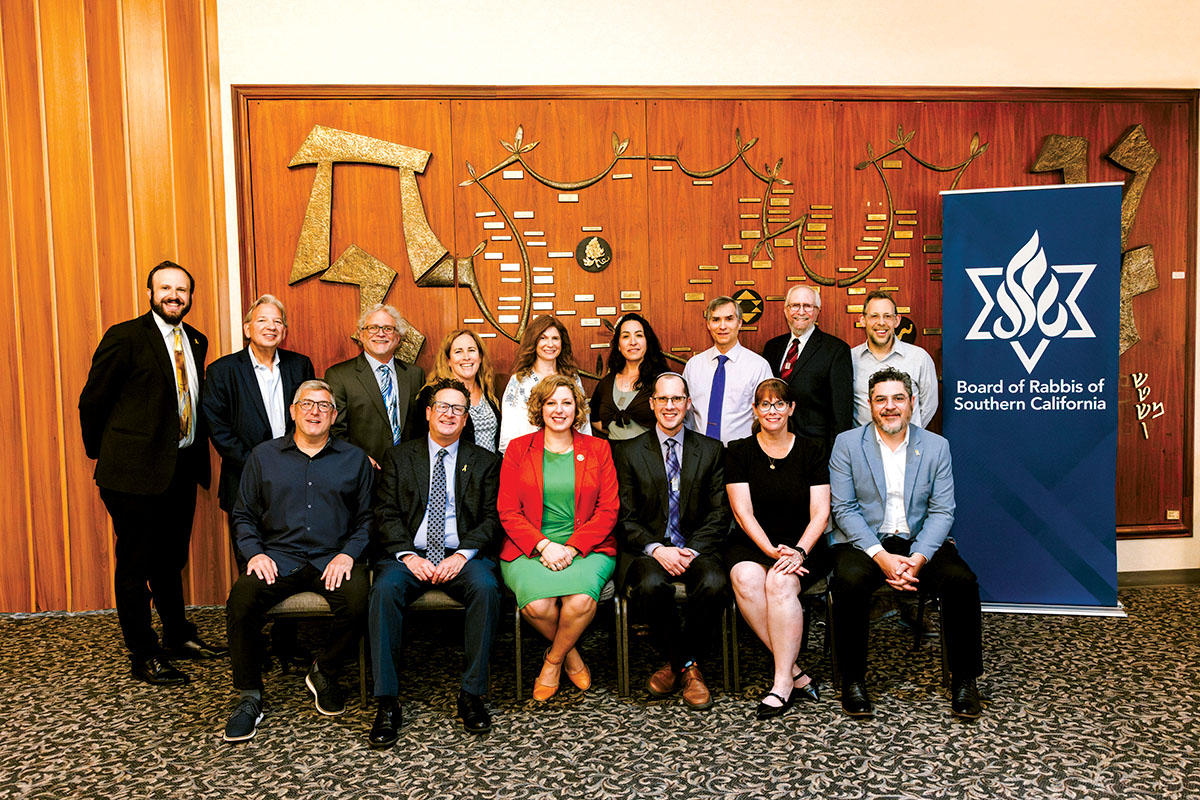
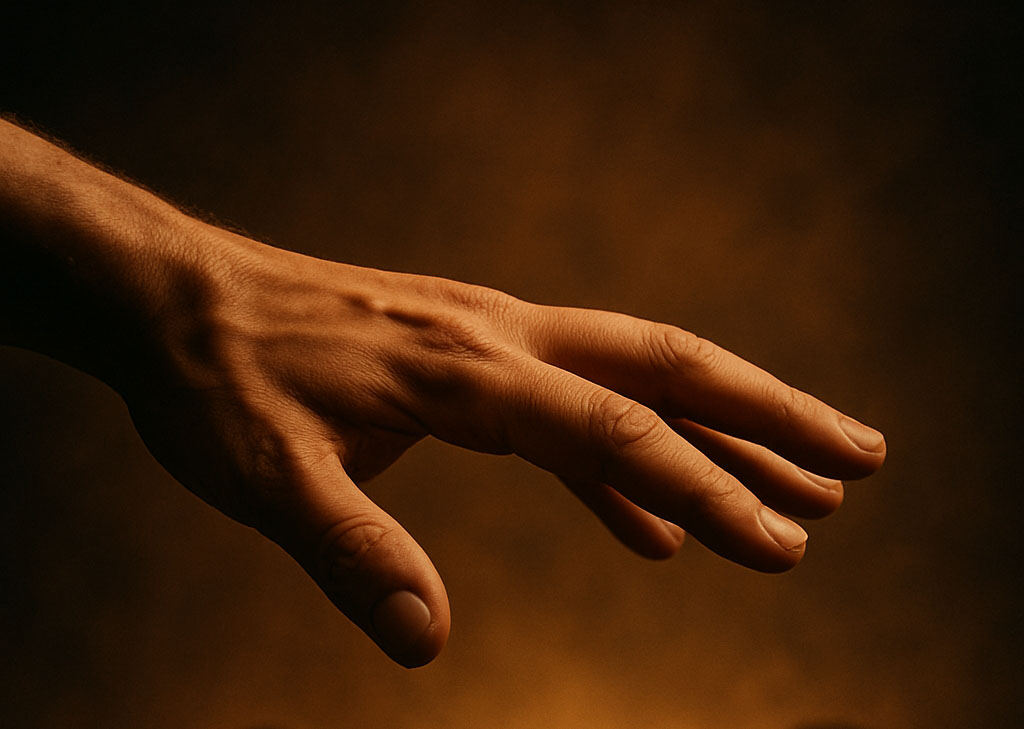

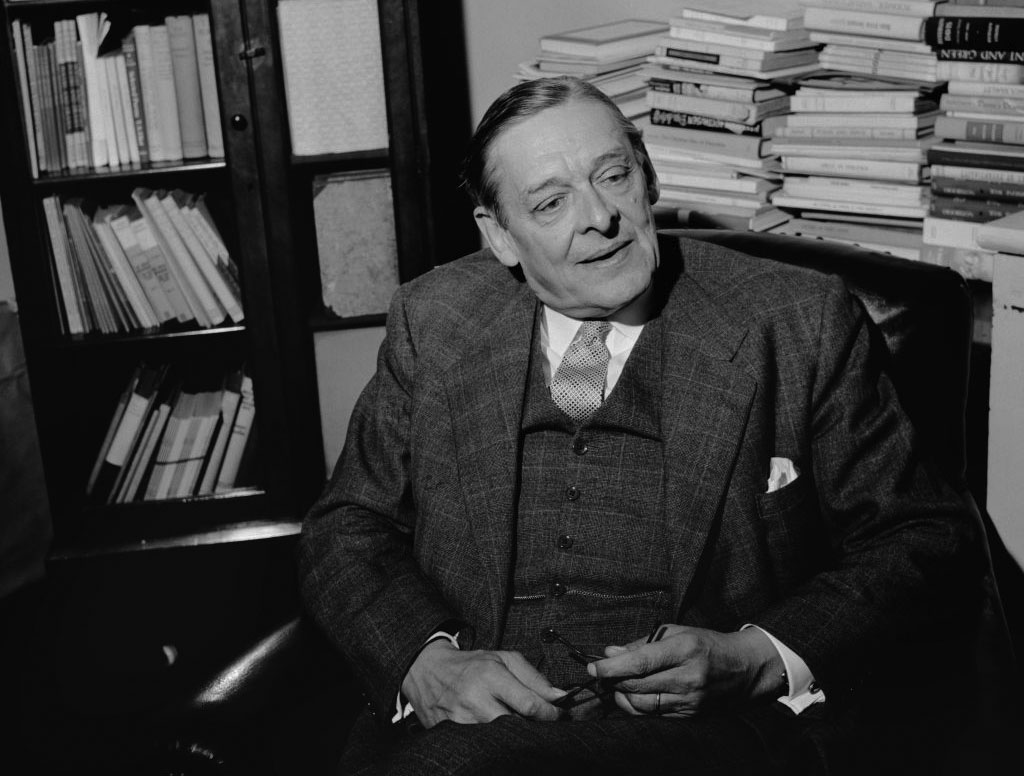




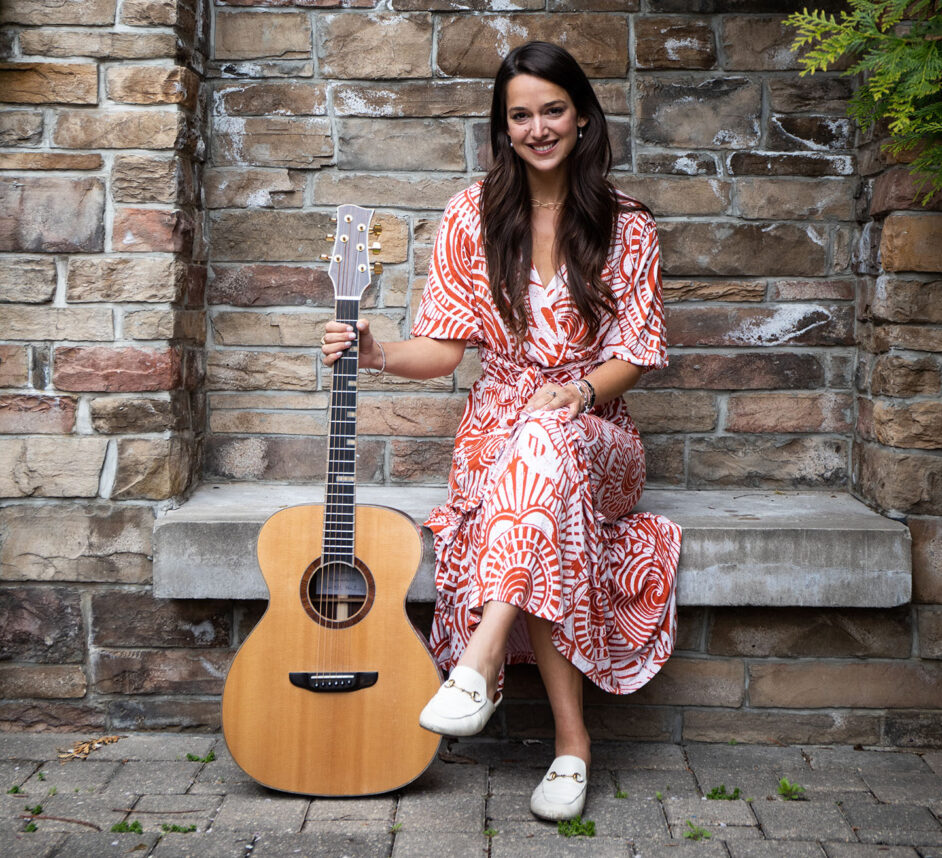
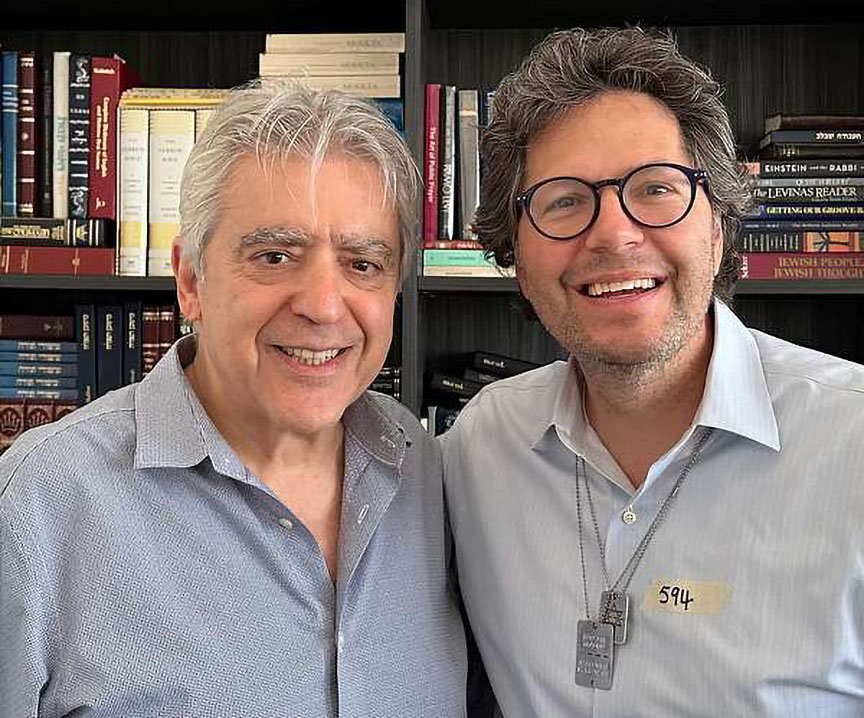

 More news and opinions than at a Shabbat dinner, right in your inbox.
More news and opinions than at a Shabbat dinner, right in your inbox.